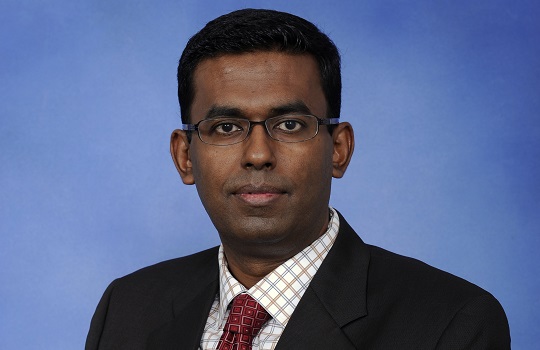
Consumers in Asia Pacific are less concerned about the security of mobile payments than the seamless nature of their digital experiences.
Consumers in Asia Pacific are less concerned about the security of mobile payments than the seamless nature of their digital experiences, according to recent research by MasterCard and PRIME.
The new findings are part of MasterCard’s third annual Mobile Payments Study, which tracked 19.1 million global social media posts across such platforms as Twitter, Facebook, Instagram, Weibo, Google+ and YouTube throughout 2014.
Australia, Indonesia, India, Japan and China were identified as the top markets for overall conversations around mobile payments in the Asia Pacific region, with 90 per cent of conversations positive in 2014.
With a remarkable surge in the volume of conversations surrounding mobile payments being inevitable – up from 85,000 posts in 2012 – the interesting aspect of the findings rested in the shifting regional attitudes and an enhanced cultural acceptance of digital payments as a norm.
“The conversation shift and trend of improving sentiment around mobile payments is encouraging,” said Raj Dhamodharan, Group Head, Emerging Payments, Asia Pacific, MasterCard.
“It shows that more consumers are embracing new payment technologies.”
Only 11 per cent of all conversations in Asia Pacific were on the safety and security aspects of mobile payments, focusing on susceptibility to fraud, privacy, phishing and breaches. This figure rose to 22 per cent when incorporating discussions of a legal and regulatory nature, revolving around mobile payments regulations in Russia, compliance, Bitcoin alliances and legal developments.
The advent of tokenisation and developments in biometric technology are seen to have contributed to the changing conversations surrounding mobile security in Asia Pacific, with almost 1 in 3 conversations on digital innovation and the enriched experiences delivered by mobile devices in 2014.
“The potential for greater innovation in mobile payments is significant. And as more connected devices – such as wearables – come to the market, commerce will follow,” Dhamodharan said.
According to a study by Veriprocess in January this year, Asia Pacific is a region that has traditionally been an early adopter when it comes to innovations in mobile technology. Veriprocess’ findings show Asia Pacific countries dominate in the quantity of mobile payment users across the globe, with a total of 120.8 million users recorded in 2014 and a projected forecast of 163.6 million users in the region by 2016; a steady growth of approximately 20 million users annually over the next two years.

Convenience is key
The convenience and availability of mobile payment solutions has changed the nature of everyday consumer purchases, particularly as more and more customers interact over mobile for daily banking.
According to Dennis Khoo, Head of Personal Financial Services at UOB in Singapore, one of the most commonly asked questions in digital discussions today is: ‘When was the last time you visited a branch?’
“It is clear that customers want touch points extended beyond the bricks-and-mortar network and have these touch points integrated into a digital platform that is convenient and safe,” he said.
“For UOB, embracing digital technology allows us to extend our ability to serve customers who otherwise may not have been aware of our services.”
Convenience was cited as the most positive aspect of mobile payments in Asia Pacific, according to MasterCard’s study, with 96% of posts expressing favourable sentiment towards the availability, accessibility and improved transaction experience of digital solutions.
“Businesses need to continue to develop new mobile payment solutions that enrich the consumer experience, or risk being left behind in a world where smart technologies rule,” Dhamodharan said.





